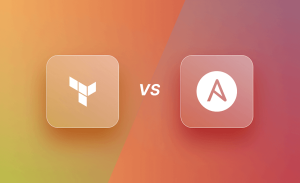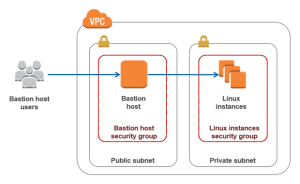Flutter is an open-source mobile app development framework created by Google. It allows developers to create high-performance, visually attractive mobile apps for both Android and iOS platforms from a single codebase. Flutter uses the Dart programming language, which is compiled into native code for the target platform, providing fast execution and a smooth user experience.
There are several reasons why Flutter is important for mobile app development:
- Single codebase: Flutter allows developers to write code once and use it for both Android and iOS platforms. This means that developers can save time and resources by not having to write separate codebases for different platforms.
- Fast development: Flutter’s hot-reload feature allows developers to see changes in the app in real-time, speeding up the development process.
- High performance: Flutter’s architecture and reactive programming model provide fast performance and smooth animations, giving users a high-quality experience.
- Customizable widgets: Flutter provides a rich set of customizable widgets, which can be easily modified to match the design of the app.
- Open-source community: Flutter has a large and active open-source community, which means that developers can find resources, tutorials, and packages easily and get support when needed.
Overall, Flutter is a powerful framework for mobile app development, offering developers a fast, efficient, and customizable way to build high-quality apps for both Android and iOS platforms.

Why do mobile app developers love Flutter?
Mobile app developers love Flutter for several reasons:
- Fast development: Flutter allows for fast development with features like Hot Reload, which instantly updates the app UI when changes are made to the code.
- Cross-platform development: Flutter allows developers to write code once and deploy it on multiple platforms, including iOS, Android, and the web.
- Customizable widgets: Flutter provides customizable widgets that help developers build visually appealing and responsive UIs.
- High-performance apps: Flutter’s fast and smooth rendering engine provides high-performance apps with minimal latency and quick start-up times.
- Growing community: Flutter has a growing community of developers, which means there are lots of resources available, including documentation, libraries, and plugins.
- Integration with other tools: Flutter can easily integrate with other tools, such as Firebase, which can help speed up app development.
Overall, Flutter simplifies the app development process and allows developers to create beautiful and high-performance apps quickly and efficiently.
The downsides of using Flutter?
While Flutter offers many advantages, there are also some downsides to consider:
- Limited libraries: Flutter is a relatively new technology, and as such, it has a limited number of libraries and packages compared to other established frameworks. This can make it challenging to find the necessary resources for some features or functionalities.
- Larger app size: Flutter apps tend to be larger in size compared to native apps, which can take up more storage space on users’ devices and result in longer download times.
- Performance issues: Flutter’s performance can be affected by the complexity of the app and the number of animations and interactions. While Flutter is known for its fast development cycle, performance issues can arise if not managed properly.
- Limited access to native features: Although Flutter has a range of native features, it doesn’t provide access to all the native features of a device, which may be a limitation for some advanced applications.
- Less developer experience: Flutter is still relatively new compared to other popular mobile app development frameworks, which means that there is a smaller pool of experienced developers to draw from, leading to potential hiring challenges for companies.
Overall, while there are some downsides to using Flutter, the benefits it offers in terms of fast development cycles, hot-reloading, and a unified codebase make it a compelling option for many mobile app developers.
What does the future hold for Flutter?
The future of Flutter looks promising. Here are some reasons why:
- Growing community: Flutter has a rapidly growing community of developers who are contributing to the ecosystem by creating packages, plugins, and tools that make it easier to use Flutter for app development.
- Support from Google: Flutter is backed by Google, which means it has strong support from a large corporation. Google is investing heavily in Flutter and is working to make it the primary way to develop apps for its platforms.
- Cross-platform development: Flutter’s ability to create apps for multiple platforms from a single codebase is a huge advantage. As more companies seek to create apps for multiple platforms, Flutter is well-positioned to become the go-to framework for cross-platform development.
- Adoption by big companies: Flutter has been adopted by several big companies, including Alibaba, BMW, and Tencent. This indicates that Flutter is becoming more widely accepted in the industry.
- Innovation: Flutter is constantly evolving, with regular updates and improvements. Google is investing heavily in Flutter and is working to make it a more powerful and feature-rich framework for app development.
Overall, the future of Flutter looks bright, with a growing community, strong support from Google, and a focus on cross-platform development and innovation.





